Exploring clean, renewable energy sources to meet Southeast Asia’s energy demands
By Vinit ChitkaraIs Southeast Asia's current energy infrastructure ready to support the increasing demand of the digital economy?
Southeast Asia is fast becoming one of the most exciting regions for digital development, with surging demand for cloud services, interconnectivity, and artificial intelligence (AI), driving data centre demand in the region. Between 2019 and 2023, data centre capacity in Southeast Asia more than doubled, from approximately 0.8 GW to 1.7 gigawatt (GW), according to a report by Boston Consulting Group.
As AI adoption accelerates, so does the energy demand of the digital infrastructure that supports it. The International Energy Authority estimated that energy demand in Southeast Asia is set to surge at an annual rate of 4% through 2035. To fully unlock the potential of AI, businesses will need to overcome a series of infrastructure challenges—scaling compute power and managing vast volumes of data whilst building high-performance networks that can seamlessly move that data across platforms and borders.
A bigger question comes to mind with this digital growth: is the region’s current energy infrastructure ready to support the increasing demand of the digital economy?
The shifting energy landscape in Southeast Asia
Governments in Southeast Asia are increasingly prioritising energy efficiency to manage rising demand from the immense data centre growth. In Singapore for instance, the Green Plan 2030 outlines a whole-of-nation approach to sustainable development, ensuring economic progress does not come at the expense of the environment. In Indonesia, the Golden 2045 Vision emphasises renewable energy as a cornerstone of long-term, inclusive growth for the nation.
These national policies are driving an encouraging uptick in clean energy investments across the region. For data centre operators, this presents a significant opportunity to integrate clean and renewable energy into its operations in support of national and industry decarbonisation goals.
Whilst this momentum is promising, the renewable energy market in the region is tight, characterised by existing power infrastructure limitations, regulatory hurdles, and low project supply, which makes buying and building new data centre capacity challenging. If left unaddressed, it could disrupt critical services, including data centres, and hinder digitisation of various industries.
And whilst renewable energy capacity in Southeast Asia is expanding, it needs to grow at a much faster pace to keep up with the digital economy’s rising energy demands—especially as electrification accelerates across sectors. Renewable energy alone won’t be enough to meet future needs. That’s why all low-carbon power sources, including hydrogen and nuclear energy, must be on the table.
Collaboration is key
Southeast Asia must embrace an integrated and collaborative approach to energy planning. The ideal energy ecosystem for data centres in the region will rest on three pillars: access to a diverse mix of low-carbon energy sources, robust grid infrastructure with cross-border integration, and policy frameworks that reflect the urgency of climate action.
This includes deploying energy storage systems to manage the variability of renewable generation and scaling new energy solutions such as hydrogen and next-generation nuclear.
Achieving this future will require more than innovation from individual companies—it demands collective action. Collaboration between data centre operators, energy providers, digital leaders, and policymakers will be essential to transform the region’s energy landscape.
Now is the time for governments across Southeast Asia to pursue forward-looking energy policies that establish clear, consistent pathways for alternative energy adoption. This includes supporting innovative energy solutions, implementing regionally consistent efficiency standards, and modernising grid infrastructure to enable cross-border energy trade and collaboration.
With aligned goals and collective action, Southeast Asia can build a digital economy powered by clean, reliable energy—one that supports innovation and a sustainable future. In doing so, the region can position itself as a global leader in digital transformation whilst ensuring it remains competitive, connected, and climate-resilient for generations to come.


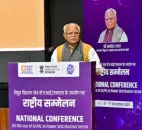


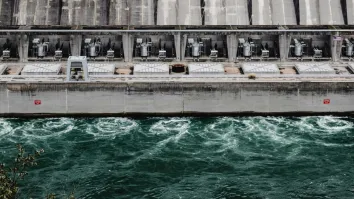
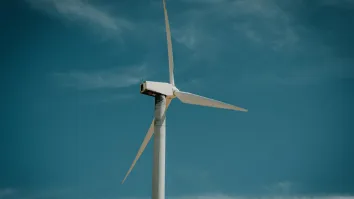
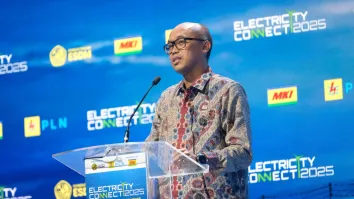
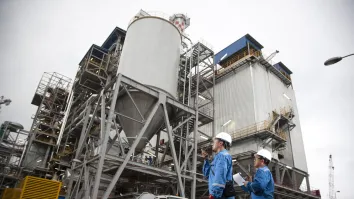
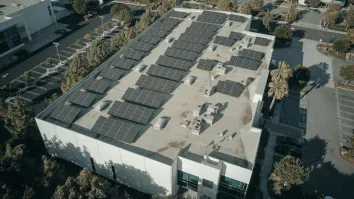

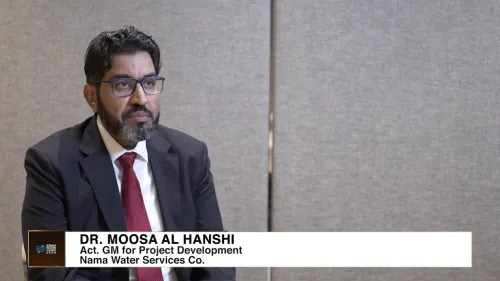
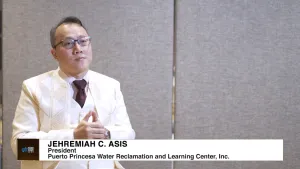
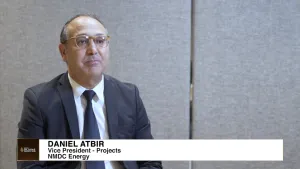
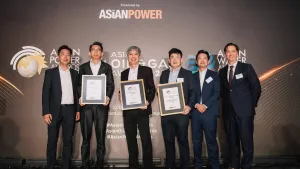

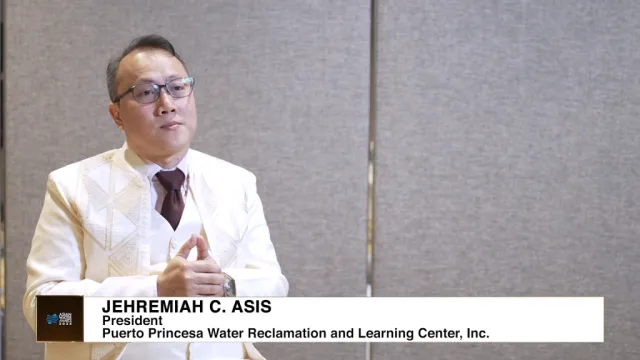
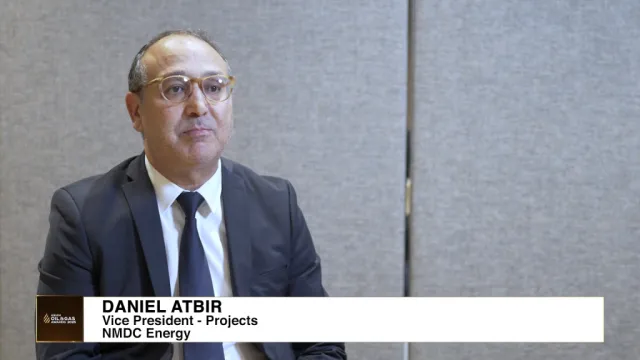
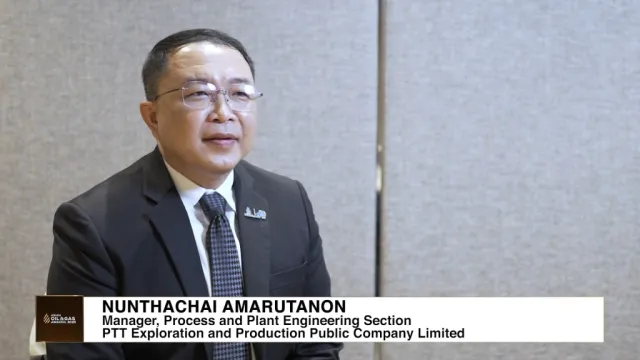

 Advertise
Advertise






